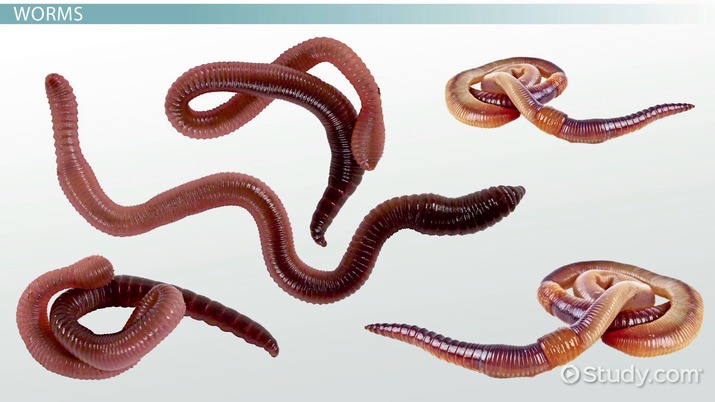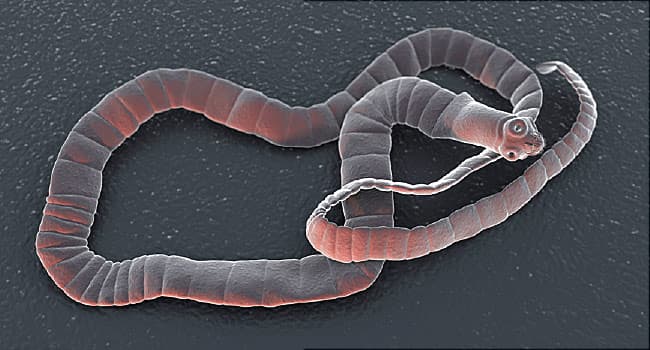
There are various types of tapeworms. They can infect both humans and animals. There are a number of different species. For instance, beef tapeworm is associated with cattle. Pork tapeworm is associated with Asian meat. Dogs are commonly infected by Dipylidium caninum. In addition, Echinocococcus granulosus is found in livestock and humans. However, it is rare in the United States.
The adults of tapeworms are short and segmented. The scolex anchors the tapeworm in the host’s gut. There are no mouth parts or teeth on tapeworms, so they get their nutrition directly from the host. Proglottids are produced continuously by the tapeworm’s neck. Once mature, these proglottids are filled with eggs and fall off the host. Though tapeworms have a good prognosis once they have entered the body, the risks of infection increase.
Humans are intermediate and definitive hosts for tapeworms. Adult tapeworms do not reach the adult stage. Instead, they are present in the intestines as eggs or cysts. They can live inside the human body for up to 30 years, but do not reach adulthood. The only way to cure tapeworms in humans is to treat them. If you have an infestation with any kind of tapeworm, there are several treatments available.
In general, if you have a tapeworm infection, it is vital to seek medical attention and visit a health website Benakat. This type of illness often strikes people in poorer sanitary conditions. Symptoms are general and can range from mild to severe. Fortunately, deworming treatments are available for many types of tapeworm infections. If you become infected with a tapeworm, you should see a doctor immediately for proper treatment.
Infectious tapeworms are generally not a health hazard. Most of these parasites are not contagious. If you’ve ever caught him, you know what he looks like. It can be four inches long or up to 28 inches long. It can live inside the human body for up to 30 years and can be passed out through human feces. The longer it stays in the human body, the more likely it is to cause irritation and inflammation.

The life cycle of tapeworms in humans is incomplete. Adults of this species remain in the intestines of humans and animals and can live for over 30 years. Tapeworms living inside the body are harmless, but their presence causes serious complications. In some cases, they may even form a cyst. These cysts can be painful and require surgical treatment. If you suspect you have a tapeworm infection, you should contact your doctor immediately.
The three most common types of tapeworms are segmented and cyclic. Those with long, narrow segments are asymptomatic, while those with longer life cycles may have a higher risk of developing other diseases. The most commonly found tapeworm in the human body is the subarachnoid type, which occurs in gastrointestinal parasites. This type of tapeworm is found in the intestines of mammals and is a form of asexual parasite.
The first two types of tapeworms are the larvae and the adult. The latter is the most common type, and the larvae are excreted from the infected animal. They grow into the intestines and develop into adult tapeworms. The three types of tapeworms have different prognosis. The NCC is an asymptomatic type of the disease, and the prognosis is generally good after treatment.
The adult tapeworm has a scolex and a segmented body. They have no mouth and therefore, must be treated with medication that acts quickly. These types of tapeworms are found in humans and animals and should be removed from the body as soon as possible. Infections with these nematodes can lead to debilitating symptoms, including abdominal pain, nausea, and anemia. They are an unpopular type of gastrointestinal parasite, and if you are suffering from one, it is important to seek immediate treatment.
The second type of tapeworms is Taenia. This worm is also found in cats and dogs. It is transmitted by eating animals that carry Taenia larvae. Most likely, Taenia is spread through feces. In humans, this infection is asymptomatic. Most people don’t even notice the tapeworms. Some of these diseases may require surgery. In some cases, however, it may be life-threatening.